Patternmakers’ Supply House
No reason to keep it a secret. There is a specialists’ mercerie or notions store in the Sentier garment district in Paris.
Yes, in France there is a separate place to shop for needles, thread, buttons, zippers, and other trims, as well as needlepoint canvas, embroidery threads, etc. Often there are other things like yarn and knitting supplies, or stockings and hatpins there too. NO fabric, that is to be found in another, separate boutique.
Of course, just like independent fabric stores in the USA, these shops are on the endangered species list.
But I digress. I was staying near the Sentier last month, so it wasn’t far to go to find a specific color of thread I needed for an emergency button repair. I must have walked by the mercerie around the corner from the Rue Montorgueil a dozen times before stepping in to see what I could find. 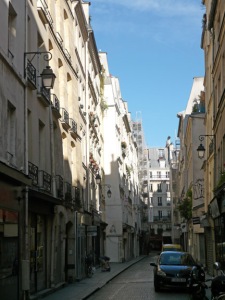
Since I was there, I decided to buy a half a pound of my favorite Bohin Couturex straight pins, and to ask plaintively if they carried DMC Lacet Super-fin, otherwise known as bolduc band from my days in haute couture school in Paris. This is the flat, narrow cotton shoelace-weave tape used to mark the dressform. DMC stopped making it some time ago, and it has gotten scarce as hens’ teeth. The Chinese owners at this mercerie were stumped, they had no idea what I was talking about.
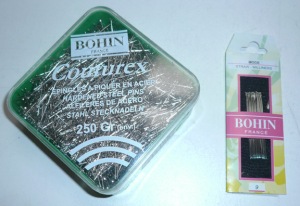 Another patron in the shop came to my rescue, and suggested 2 other merceries deeper in the garment district, saying that I would surely find my bolduc band there.
Another patron in the shop came to my rescue, and suggested 2 other merceries deeper in the garment district, saying that I would surely find my bolduc band there.
Bohin Couturex pins are my favorite for draping, as they are long and fine, in hardened steel.
Bohin also packages my favorite Millener’s (Modiste) # 9 needles, long and fine for hand sewing muslins and other fine handwork.
That I how I found myself on the Rue Reaumur in front of the Papeterie du Textile, with the small hole in the wall notions shop next door exactly as described. Well, they were doing a land-office business! No danger of this place closing anytime soon. I found what I was looking for, and a few other things jumped in my bag as well: a new tracing wheel with different teeth from the 2 others I have, as well as a mechanical pencil for tailor’s chalk.
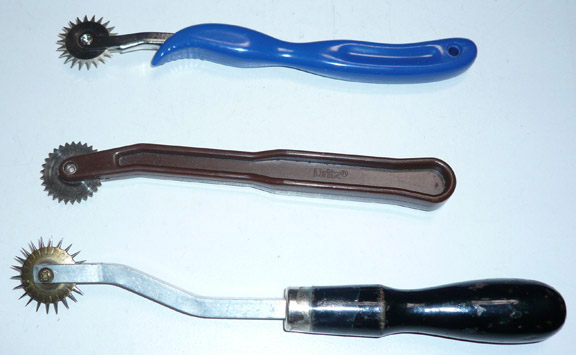 Tracing wheels top to bottom: new, Dritz, pinpoint
Tracing wheels top to bottom: new, Dritz, pinpoint
Draping at YSL with bolduc band: from Yves St. Laurent by David Teboul
The fellow at the cash register told me that they order their bolduc band special from a manufacturer down south, since it is no longer made commercially.
My informant also told me about Hamon, a draper-patternmaker’s specialist mercerie on the Rue de Clery. I made a foray up the hill of the Rue des Petits Carreaux past Rue Reaumur, to check it out. Located in an older building on a street of old buildings, the giant scissors above the front door told me I was at the right place. It was indeed a modeliste’s paradise, with scissors, paper, dressforms, irons, muslin, pins, bolduc, and books to teach all about draping and patternmaking (mostly in French, but some with English translation). Fortunately there is a website, so you may be able to acquire items difficult to find in your area.
Hamon
54, rue de Cléry
75 086 Paris cedex 02, France
http://www.hamon-paris.com/public.home.screen
Fil 2000
62 rue de Réaumur, 75002 Paris
métro Sentier sortie rue de Petits Carreaux.
http://fil2000.pagesperso-orange.fr/
Papeterie du Textile
61 Rue Réaumur, 75002 Paris
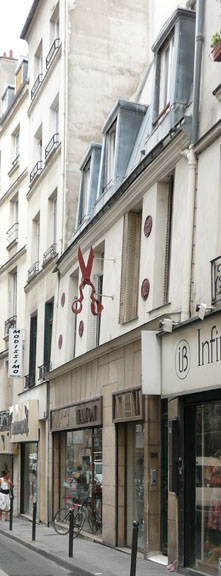
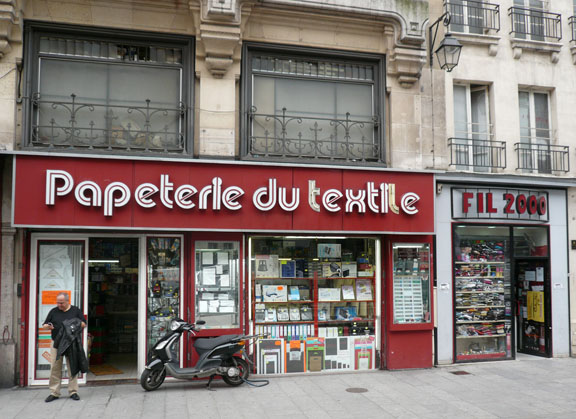
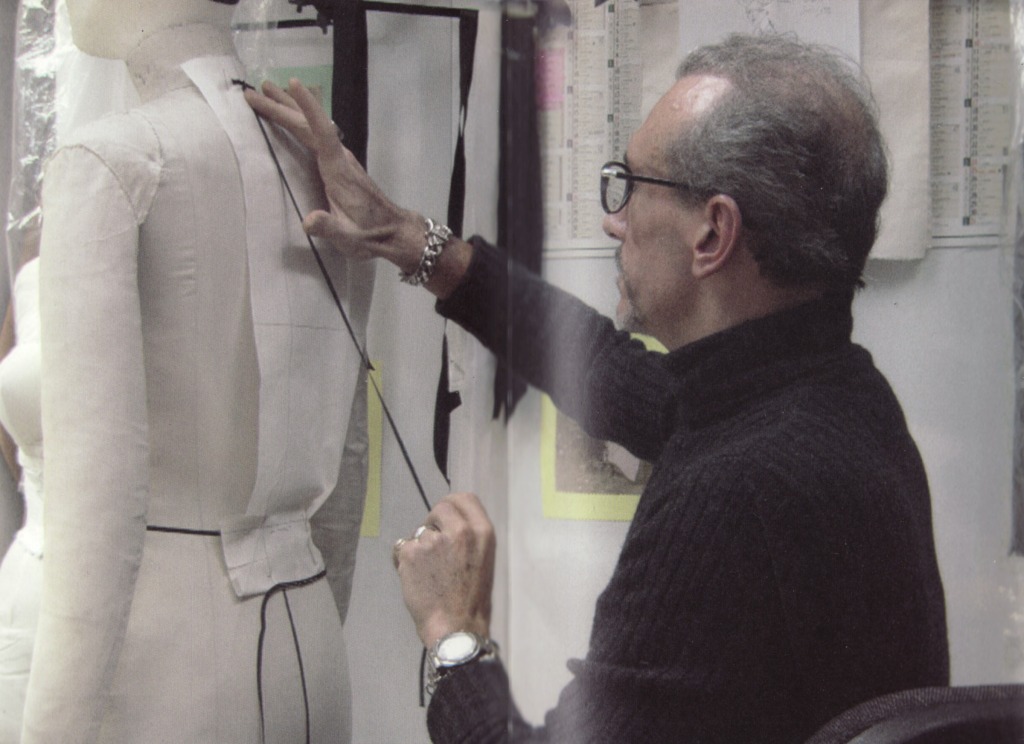
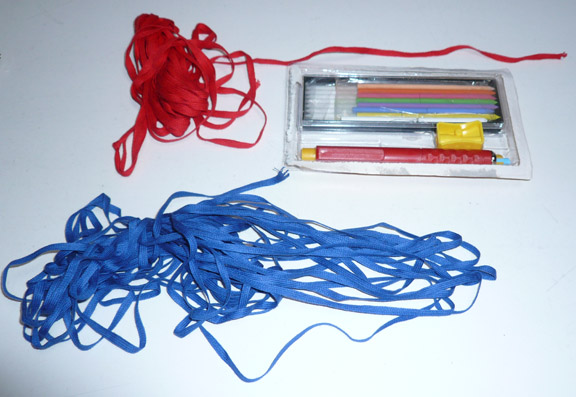
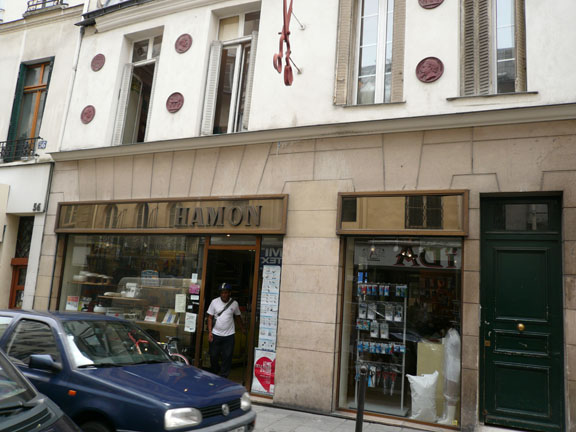

















































 Subscribe with Bloglines
Subscribe with Bloglines